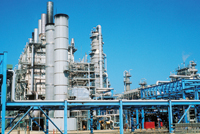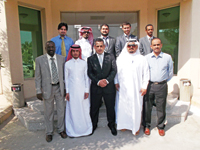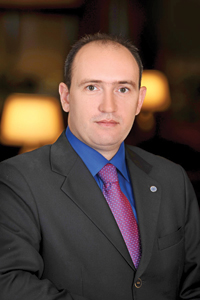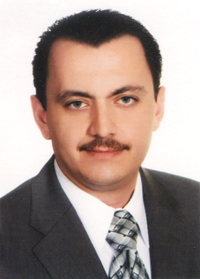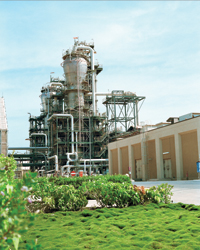
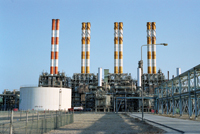 Petrokemya ... investing in capacity
Petrokemya ... investing in capacity
Having traditionally produced base chemicals like olefins for sale to global consumers, the GCC states are concentrating on job-creating options by extending the value chain of their petroleum sector and their focus now is on plastics. With their cheap feedstocks, they have the potential collectively to become a global power in plastics conversion.
The plastics sector in the Middle East has been built on the advantage of low-cost associated gas. Until the mid-1970s, nearly all the associated gas in the region generated as a by-product of oil extraction was flared as waste. Nearly 40 years later, it forms the building blocks of a world-class commodity plastics sector led by Saudi Arabia, the UAE, Kuwait and Qatar. But whereas petrochemical industries in the West and Asia were largely built in response to a rise in local demand, the GCC producers have grown to form a major export hub for buyers in Asia and further afield.
Despite the feedstock advantage, GCC producers of polyolefins face a capacity build-up on the global scale. UK-based Merchant Research & Consulting forecasts global demand for high-density polyethylene (HDPE) to grow 6-7 per cent per annum in the next five years. According to US chemicals consultancy Nexant, global polyolefins demand will rise to 176 mtpy in 2021 from 82 mtpy in 2001. During this 20-year period, China will raise its share of global demand to 27 per cent from 23 per cent, while the rest of Asia will move to 21 per cent from 13 per cent. Europe’s share of end markets is to shrink to 18 per cent, from 25 per cent.
At the beginning of 2009, prices for the three main grades, HPDE, low-density polyethylene (LDPE) and linear low-density polyethylene (LLDPE), were trading at $800-900/tonne in Asia. The market for LDPE recovered strongest, reaching a peak of about $1,700/tonne in early 2011, before retreating. LLDPE and HDPE in 2011 largely traded in a range $1,200-1,400/tonne, with the exception of a trough in mid-2011. This year, all three grades are trading in a $1,300-1,500 range. There has been a pick up in petrochemical prices during the first months of 2012 backed by gains in crude oil.
The Platts Global Petrochemical Index, which tracks seven widely-used petrochemicals, gained 10 per cent in February. In March, it rose 3 per cent, although it was down 3 per centt compared with the same period of 2011. PE prices rose 3 per cent in March driven by higher prices for ethylene produced by cracking naphtha or ethane. GCC producers are forecast to add almost 10 mtpy of new PE capacity between now and 2018. When compared with the current global demand for polyolefins of 116 mtpy, which includes polypropylene (PP), this represents a sizeable part of global consumption.
The GCC region is expected to add 5.8 mtpy of LLDPE capacity in the next six years. The largest LLDPE projects are Borouge’s 1.8 mtpy plant in Abu Dhabi as part of the Borouge-II expansion and the 1.3 mtpy JV between Qatar Petroleum (QP) and ExxonMobil in Qatar. Capacity to produce LDPE is to rise to 1.8 mtpy by 2018. This includes 350,000 tpy at Borouge and 300,000 tpy at Qatar Petrochemical Co (Qapco). For HDPE, about 2.2 mtpy are in the pipeline over the next six years. The largest project is Saudi Polymers Co.’s 1.1 mtpy plant at Jubail to be on stream in the second quarter of 2012. QP is also to add 850,000 tpy of new HDPE capacity by end-2012.
The GCC region is making inroads into more sophisticated thermo-plastics such as polycarbonate and acrylonitrile butadiene styrene (ABS). Arabian Petrochemical Co (Petrokemya), a 100 per cent-owned unit of Saudi Basic Industries Corp (Sabic), is investing $300 million to build the region’s first ABS plant in Jubail to produce 200,000 tpy. Petrokemya is expected to award the engineering, procurement and construction (EPC) work for this project. Another Sabic affiliate, Saudi Kayan Petrochemical Co, completed a polycarbonate plant in Jubail at end-2010 through an investment of $1.3 billion. This represented a move into more downstream, technical applications such as electronics, data storage and automotive and aircraft parts.
The growth in plastics capacity in the Middle East means the GCC region is likely to remain a major exporter despite rising local demand. Nexant says the Middle East represented 8 per cent of global polyolefins consumption in 2001, when demand was still dominated by North America and Europe. This rose to 10 per cent in 2011 and is to grow to 12 per cent in 2021. Global polyolefins demand is to rise to 176 mtpy in 2021, from 116 mtpy in 2011.
Polyolefins demand in the GCC has grown about 12 per cent per annum in the past 15 years. Nexant says: There is so much capacity that a lot has to be exported, but they are developing local industries.



















































































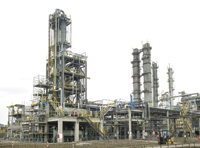
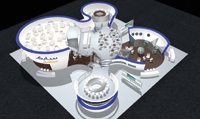
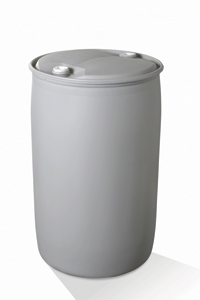
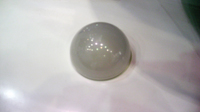
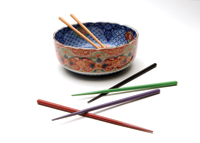
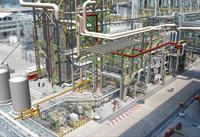
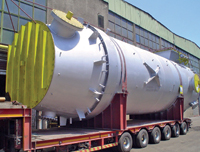

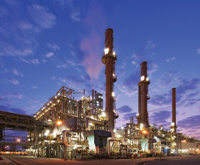
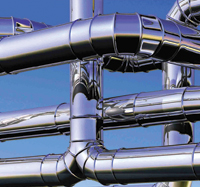



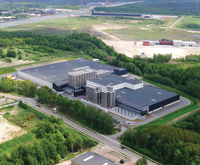
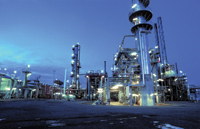
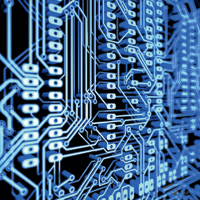

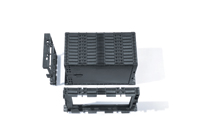
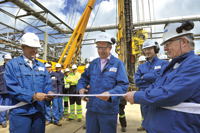
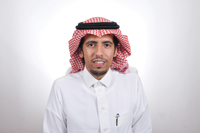


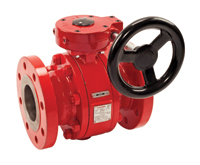
.jpg)
